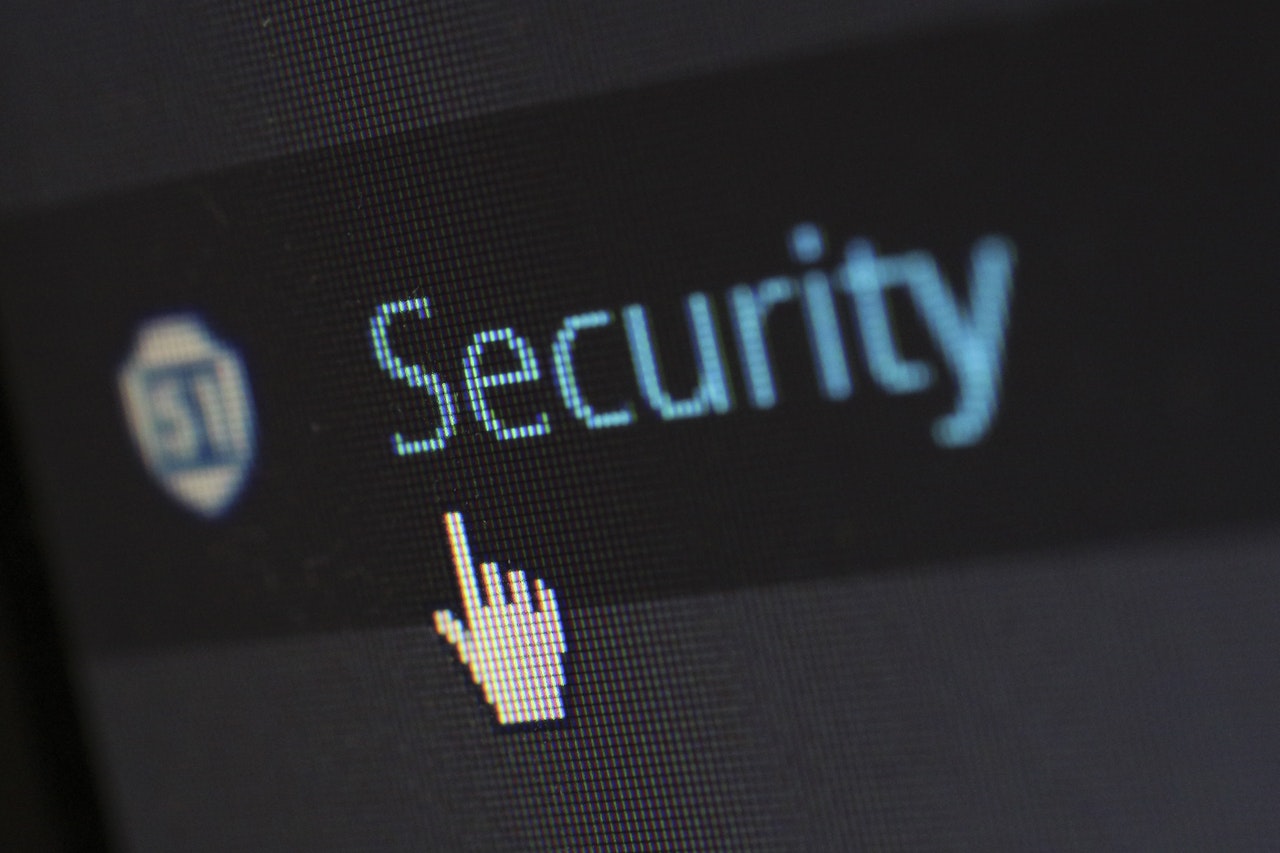
If you need to renew your driver’s license, you may want to get a REAL ID. The REAL ID Act, passed by Congress in 2005, enacts the 9/11 Commission’s recommendation that the federal government set minimum security standards for state-issued driver’s licenses and identification cards.
Beginning October 1, 2020, residents of every state and territory will need to present a REAL ID-compliant license/identification card, or another acceptable form of identification (such as a passport), to access federal facilities, enter nuclear power plants, and board commercial aircraft. Although implementation has been slow, states have made progress in meeting the REAL ID Act’s recommendations. A majority of states and territories, along with the District of Columbia, have complied with all REAL ID requirements. The remaining noncompliant jurisdictions have been granted a temporary extension from the Department of Homeland Security.1
To obtain a REAL ID, you must apply in person at your state’s department of motor vehicles (or other approved service center). Your picture will be taken and signature captured electronically. You must provide more documentation than you would normally need for a standard driver’s license or identification card. A REAL ID requires that you show (in original or certified form) proof of identity and lawful presence (e.g., U.S. passport, birth certificate), state residency (e.g., mortgage statement, utility bill), and Social Security number (e.g., Social Security card, paystub). In addition, if your current name doesn’t match the one on your proof of identity document, you must prove your legal name change (e.g., marriage certificate).
When states first implemented REAL ID recommendations, applicants were faced with delays and long wait times. However, many states have since streamlined the process by allowing applicants to start the application process online. For more information on applying for a REAL ID, you can visit your state’s department of motor vehicles website or dhs.gov/real-id.
